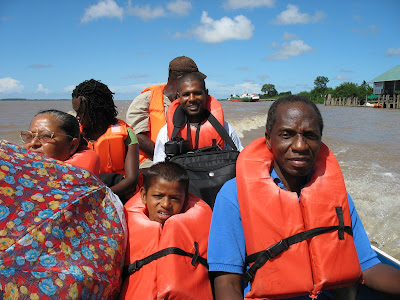Promotional Video for the Nicaraguan Cattle Industry Created by FTF Volunteers
Farmer to Farmer volunteers Cheryl Diermyer and Lauren Rosen traveled around Nicaragua to put together a video that highlights the cattle and dairy farming industries. The volunteers interviewed farmers, business owners and others to bring to light the importance of consuming local dairy products. The consumption of local meat and dairy products is important for nutritional and health reasons and it helps the local economy. The video is being aired on local TV stations and in schools and is being promoted by cattle and dairy farmer associations. Farmer to Farmer works with the whole dairy value chain in Nicaragua, even the marketing/media competent that is generally out of reach for the producers and cooperatives. Watch this video to get a glimpse into the dairy and cattle industry in Nicaragua:






